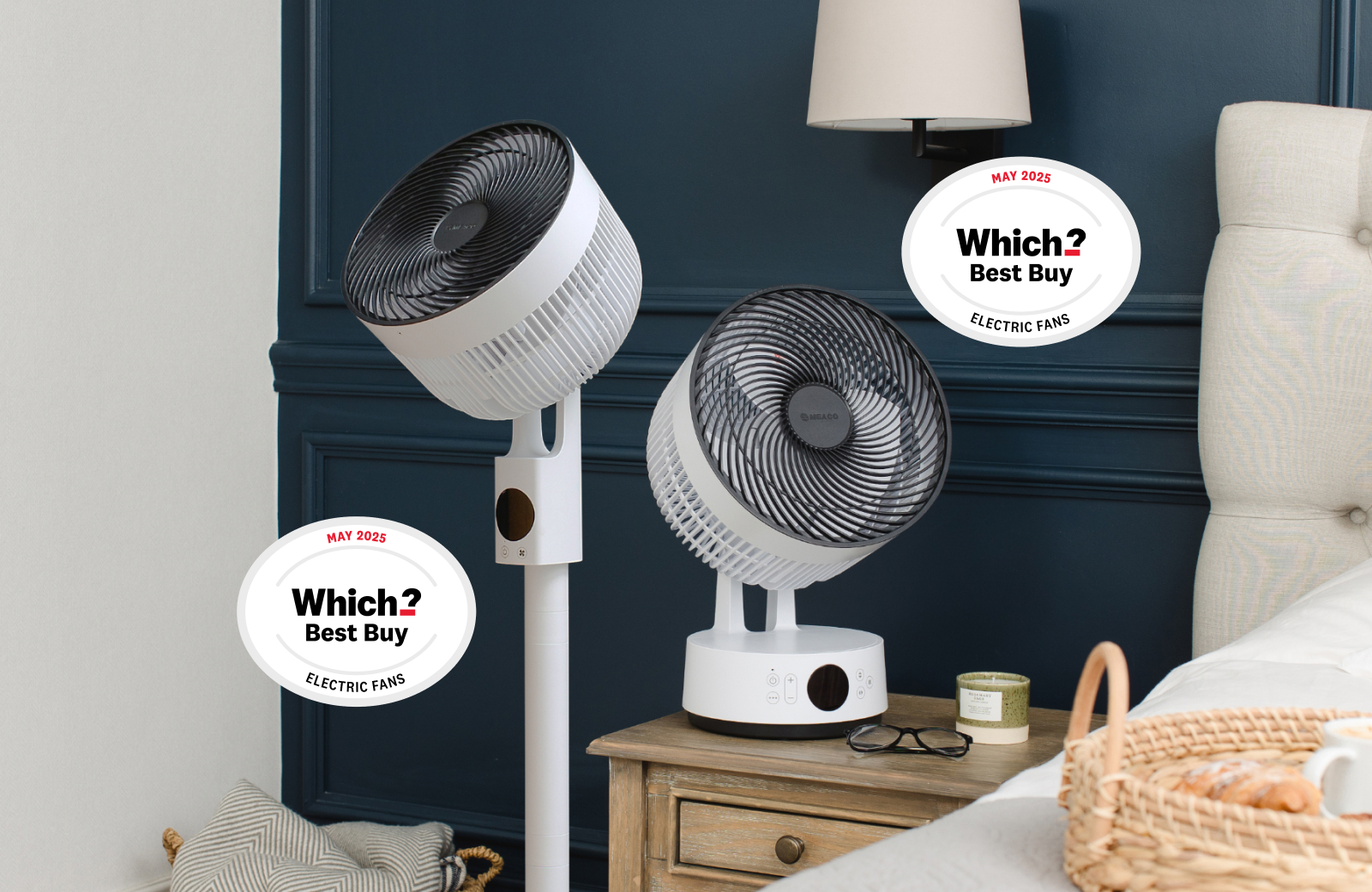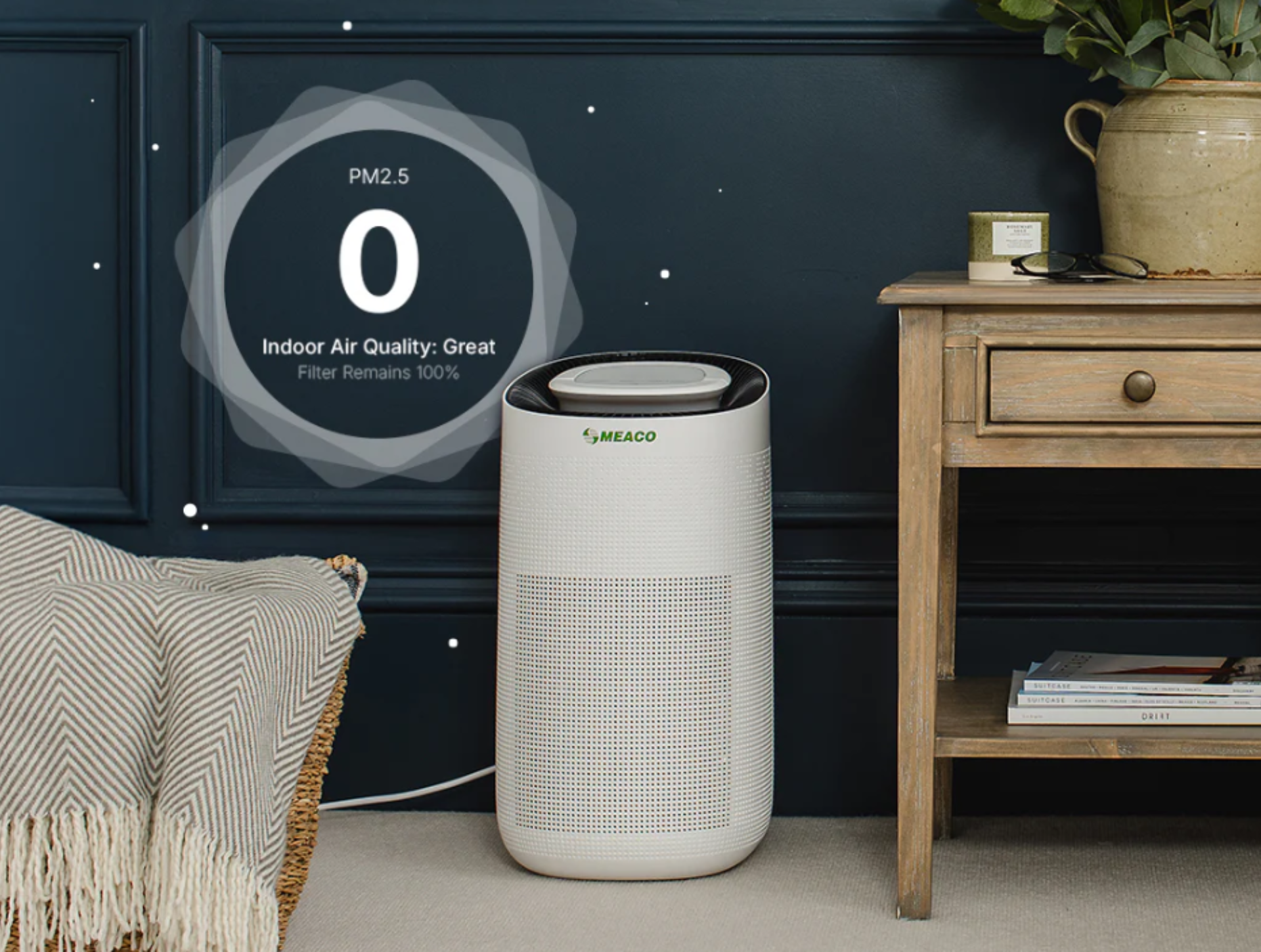No-one wants to see mould in their home or working environment. It’s unsightly and can have health implications. The best way to avoid mould appearing in the first place is to try and keep the environment as dry as possible, and use mould and mildew prevention cleaning products.
What if I’ve already got mould in my home?
If you’ve already spotted the tell-tale signs, we’re here to help you see how to get rid of mould and stop it coming back. We’ve spoken to many customers over the years who have suffered from everything from one stubborn patch of mould to regular mildew issues, and some who have really serious mould problems that need urgent attention. We’re really conscious that mould can be a problem for people who have underlying health issues – particularly respiratory problems – and for young children who need healthy air and dry conditions in the home.
If you’ve already got mould in your home, you’re going to want to get rid of it. This article gives you a quick guide to the most common types of mould and where you might find them. It also has some cleaning tips, including home solutions like vinegar and baking soda, and some guidance on how to get rid of mould in the long term.

Do you know your types of mould?
You don’t have to be a mould expert, of course, but there are a few different types. Knowing what sort of mould you have in your property can help you to treat it – either by yourself or with help from a professional. The climate in the UK, with its colder, wetter autumns and winters, means that many properties can find themselves dealing with mould. And that’s particularly true in older properties that might not be well enough ventilated. These are three of the most common types of mould:
- Black mould – this is the most common type of mould in the UK. It’s probably the mould you have seen most often in bathrooms, kitchens and utility rooms. It can occur anywhere where there’s a combination of humid air from showers or tumble driers and a lack of ventilation to keep that humidity down.
- Cladosporium – you’ll find this type of mould on fabrics and wood surfaces, so keep a look out on curtains and blinds, again in those more humid areas of your property. You might also find it on damp floorboards or inside under-stairs cupboards.
- Alternaria – a greenish textured mould, you might find this under sinks or baths, where water might escape. You tend to see more of this mould in the later summer months and it can cause breathing problems if left to grow.
Mould, mildew and damp at home
These are all interlinked problems that you can find in your home. Some of them are related to too much humidity in the air, whilst others are related to water ingress – perhaps from loose roof tiles, a leaking pipe, ground water or poorly fitting window frames. Condensation is a sign that your home may be susceptible to damp, and you may need to look at ways to improve ventilation and invest in some repairs – read on for more tips on how to prevent mould appearing in your home, and how to clean on a regular basis to help get rid of black mould, general mould spores and other mould, mildew and damp problems.
How to get rid of mould in your home
You can get rid of mould, and doing so will help you to improve the general health of your property and everyone in it. There are a range of specialist cleaning products you can use, but if you’re finding it difficult to permanently remove mould, you’ll need to look into the root causes. These include:
- Reducing the moisture in the air – it’s humidity that causes damp and damp that causes mould. You can reduce the moisture in the affected room in a number of ways, including making sure you are ventilating the room properly – open windows when cooking, for example. You can also use a dehumidifier, which is designed to suck the moisture out of the air, reducing humidity drastically.
- Cleaning regularly – mould and mildew like dirt. So make sure you clean regularly, paying particular attention to areas where you think mould might become a problem. You can use specialist mould and mildew cleaning products, or you might want to consider traditional remedies such as a white vinegar or baking soda solutions, which are also great for breaking down the mould spores and getting rid of the problem.
- Consider replacing repeat offenders – if you have an ongoing problem with mould on your shower curtain, your bathroom blind or exposed wood areas, seriously consider replacing them. There’s a cost to this, of course, but replacing these items alongside better ventilation and a reduction in humidity will help to prevent mould recurring.
Do I need to do more cleaning to get rid of mould?
It’s probably worthwhile. It’s not the only solution to how to get rid of mould, but regular cleaning will definitely help to combat mould, mildew and other problems. If you make a real effort to get into a cleaning routine, you can both remove existing mould and help to prevent its return. We’ve put some tips below on how to clean mould in your home, and hopefully you’ll be able to find a mould remover solution that works for you. Remember also to always dry off any condensation that forms on your windows, walls or fabrics, to help get rid of mould spores, and to check for the underlying causes of the mould or mildew so that you can work towards a long-term solution that works alongside your cleaning routine.
Tips on how to clean mould in your home
Ready to find out how to get rid of mould with a bit of elbow grease? First, because mould can be nasty, and because some of the products are strong, it’s important to wear gloves when you clean. You might also want to wear a face mask so that you don’t breath any of the mould in. This is particularly important in areas with a lot of mouldy growth.
- Bleach – this is a straightforward way to clean. Mix one part bleach to four parts of water. Be careful where you clean with bleach though. Unsurprisingly, it will lighten or even remove the colour of painted walls or wallpapers, so best to use it on grouting, tiles and bathroom fittings.
- General cleaning products – you’ll find these in any supermarket or homeware store. Some advertise that they work on mould or are a dedicated mildew remover, but just be careful. Many standard household cleaners are not strong enough to remove all major mould problems, although they are good for keeping things clean and preventing mould occurring.
- Baking soda – a well-known cleaning agent, baking soda fights bacterial growth. All you need is a spray bottle, some lukewarm water and around 1/4 tablespoon of baking soda. Fill the bottle, add the soda and shake well. Then use as you would a dirt remover spray.
- White vinegar – again, the acids in vinegar are good for breaking down mould. You can put neat vinegar onto the mould, leave for a while and then wipe off. Regular household vinegar is fine – you don’t need anything special.
Can you get rid of mould for good?
If there are fundamental problems in your home that are causing mould or mildew, you’ll need to get them sorted out by a professional. This might include damp from a leaking roof or pipe, condensation, or problems with poor insulation or kitchen and bathroom fittings. Replacing things like tiling grout and sealant can help to freshen up your home and keep mould at bay – avoiding you having to make potentially expensive claims on your insurance.
On a day-to-day basis, you can fight the occurrence of mould with better ventilation, a dehumidifier to keep the air in your rooms less humid, regular cleaning and an eagle eye for the appearance of anything that looks like mould.
How a dehumidifier can help you get rid of mould in your home
Modern dehumidifiers are cost-effective to run and make a huge difference to the air in your home and to the health of you and your family. If you need to get rid of mould permanently, a good dehumidifier could be part of the answer. It doesn’t matter what type of mould you have in your home – from black mould to the Alternaria mould described above, a drier home environment will help to combat the problem. Cleaning should be part of your daily routine for mould removal, alongside getting any necessary repairs, but investing in a dehumidifier can remove water from the air directly, leading to a reduction in condensation, and less opportunity for mould spores to form. Cheaper to run than you might think, quiet and easy to empty, a dehumidifier is a must if you are trying to get rid of mould that’s already in your home, or you want to prevent mould from occurring in the first place.
We’re always here to help. You can check out our range of affordable home dehumidifiers, or call us if you are looking for advice, information about how to combat mould, call our friendly team on 01483 234900.
Products featured: dehumidifiers







